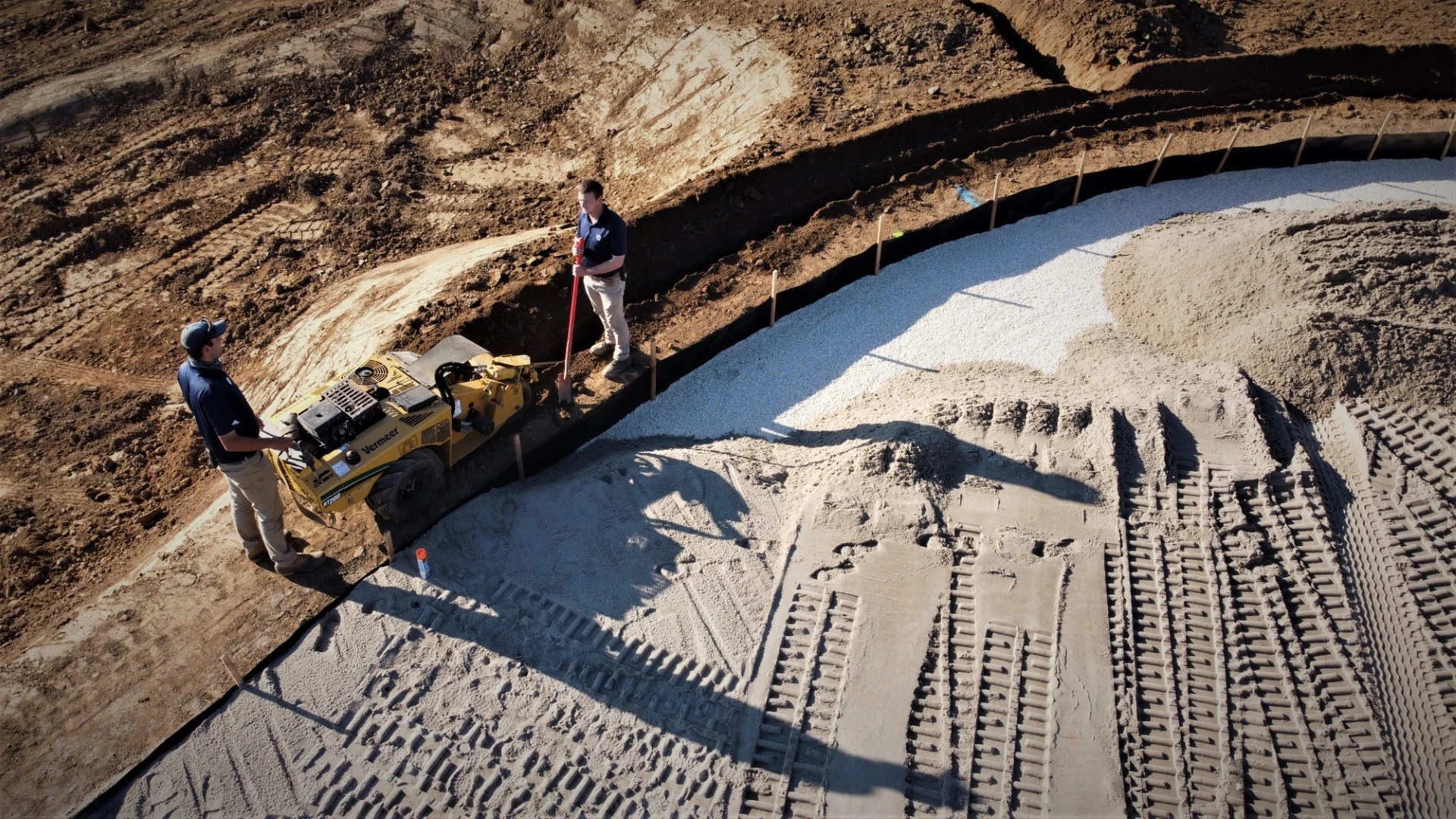
 |
For most golf course superintendents, using a plant growth regulator (PGR) is like a rite of spring each year. But continuing to follow a PGR program throughout the season reaps manifold rewards -- and benefits far beyond regulating growth.
"PGRs have become part of the golf course turfgrass culture," says Dr. Bert McCarty, professor of turfgrass science and management, Clemson University. "The question is not if you're using them every year, but at what rate and when."
McCarty explains that the primary benefit of PGRs is regulating turf growth to avoid surges of growth and make mowing more consistent. But how many superintendents are aware of these additional six benefits?
Here are six ways PGRS can help your turf this season.
Turf Quality
"Using plant growth regulators has a broad impact on how the plant grows," explains Dr. Bill Kreuser, assistant professor of agronomy and horticulture at the University of Nebraska, Lincoln. "Since PGRs make the cells of the plant smaller, the turf presents a darker green appearance -- which is definitely desirable on a golf course."
Less Nitrogen
When grass is growing slower, superintendents remove fewer nutrients when they mow. "By using a very consistent, well-timed application, they're able to reduce their fertility requirements, mainly for nitrogen," says Kreuser.
Research has shown that superintendents using PGRs can maintain the same turf color and quality at lower fertility rates, adds Dr. Jeff Atkinson, Portfolio Leader Turf & Landscape Solutions, SePRO Corp. "This is especially true for nitrogen inputs," he says. "And decreased nitrogen has huge environmental benefits, not to mention reducing costs and labor."
 |
Less Mowing
Because PGR-treated grass grows at a slower rate; it takes longer to reach normal mowing height. "This reduces both mowing requirements and the quantity of grass clippings," says Atkinson. "The potential for scalping is minimized and if normal practice returns clippings to the turf, there will be less clipping residue -- and unsightly clumps of freshly mowed grass will be reduced."
Last year, spring rains were intense in the Southeast. "We had so much rain superintendents couldn't get out and mow as often as they wanted," adds McCarty. "They were glad they had used PGRs. When they couldn't get on fairways five or six days straight, the grass still didn't get out of hand."
Stress Control
Atkinson adds that PGRs improve the plant's ability to deal with stress. "Research has demonstrated that PGRs can decrease the amount of water lost through transpiration, thus improving the plant's ability to withstand water and heat stress, such as drought conditions," he says.
 |
Less Water Use
Turf treated with a PGR is not growing as aggressively, resulting in a smaller plant. "Smaller plants have less surface area to water," explains McCarty. "So PGRs will definitely save water."
Weed suppression
PGRs create a tighter growing turf, which helps suppress weeds, Atkinson notes. Some PGRs are also more active on some species than others. Research has shown that Cutless and Musketeer plant growth regulators will inhibit annual bluegrass growth to a greater degree than creeping bentgrass or other desirable turf, reducing the competitive advantage annual bluegrass has in a turf stand. Continued use of Cutless or Musketeer in a program can lower the relative population density of annual bluegrass to include more desirable turf.
Deborah S. Clayton is a freelance writer based in Ambler, Pa., and a frequent GCI contributor.
Latest from Golf Course Industry
- Standard Golf announces new product lineup for 2025
- The Salt Pond taps Troon for management
- KemperSports selected to manage Swansea Country Club
- From the publisher’s pen: Grab that guide
- Introducing our April 2025 issue
- South Carolina leaders honor golf course superintendent
- One and only
- Wild can be good






